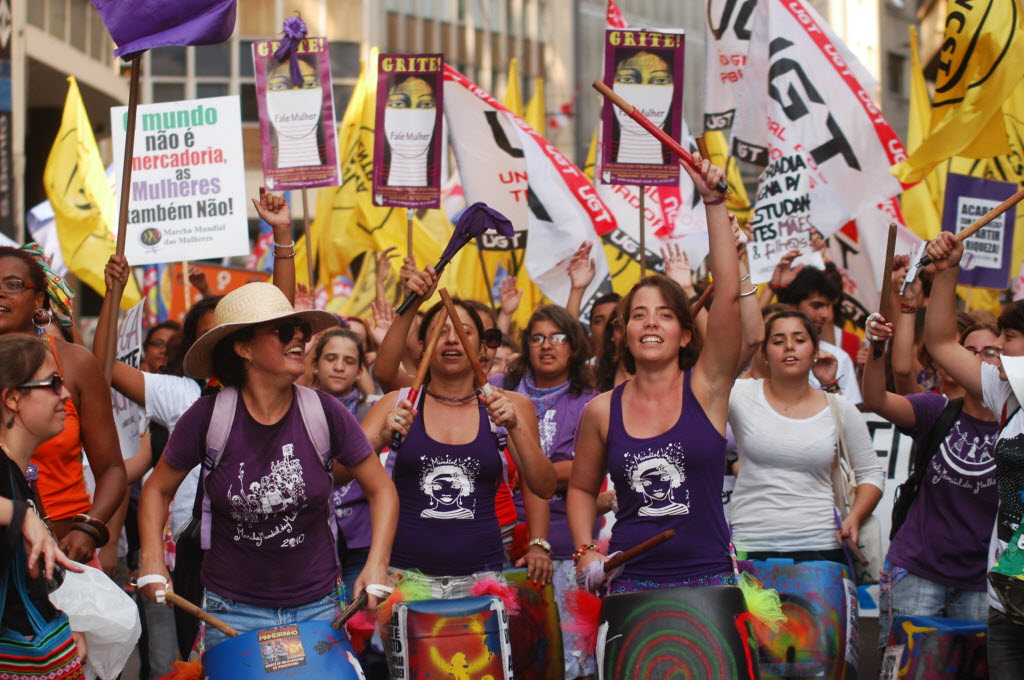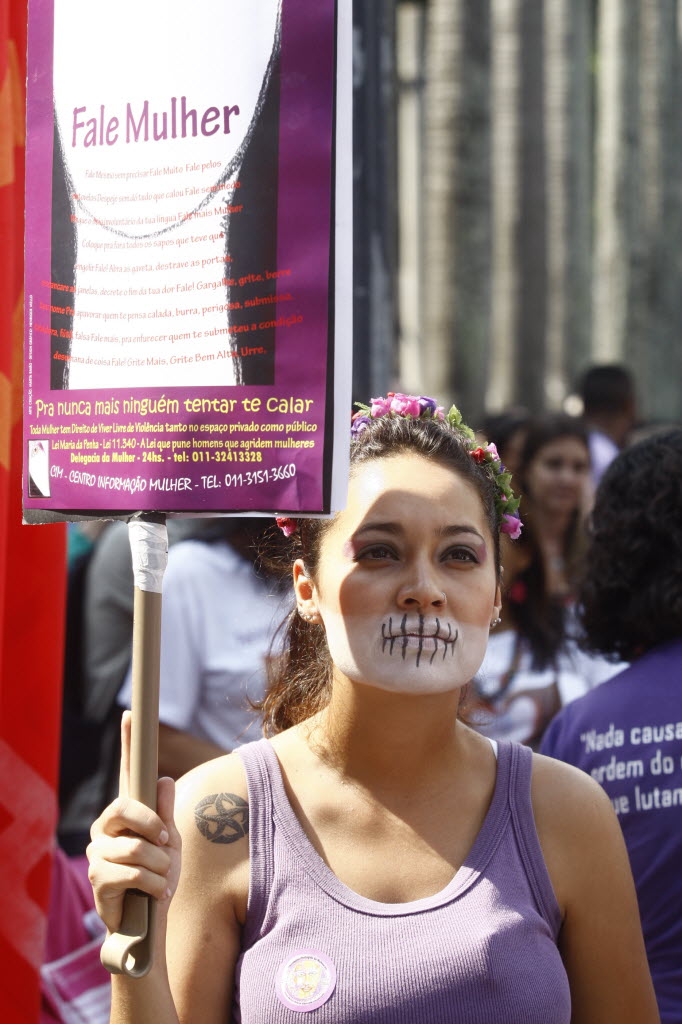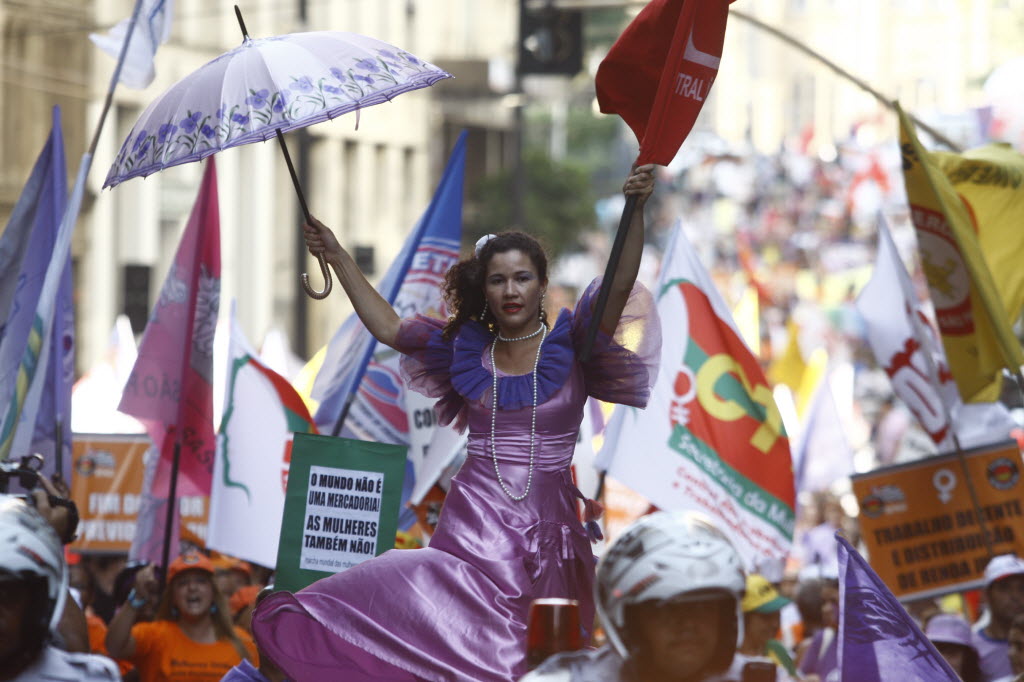Last week we had International Women’s Day. I suppose one can only celebrate that this generates quite a bit of attention here in Brazil. Specifically, the focus last week was on the pay gap between men and women, and if the government can do something to actively fix it. Brazil’s first female president, Dilma Rousseff, is likely to pass a bill soon that attempts just that.
Brazilian women receive an average of R$1,343.81 ($763usd) per month, around 28 per cent less than the R$1,857.63 ($1055usd) that men get. Women also tend to work a few hours less on average, but that doesn’t put much of a dent in a big wage gap.
The new law would fine employers that pay women less than men for the exact same job.
This bill is “controversial” for two reasons. The first is obvious: the idea is to punish some people for something they are already doing. Those people don’t like that. The second is that it will be difficult to enforce, and a tricky employer may be able to invent an infinite number of positions to pay people whatever he (or she) wants. Politically though, it seems like a slam dunk for Dilma.
But more broadly, how just are gender relations in Brazil? Obviously, there is a long way to go, as there is almost everywhere.
But what about compared to other countries? Let’s take a couple anecdotal stabs to give some kind of an overview.
In my limited experience, Brazilian men are less likely to say horrible things about women when there are none around than men in the US or UK are. That is very small comfort, as there is surely something deeply wrong with Anglo-UK culture that leads this to happen. But men and women in Brazil seem to genuinely like each other, which is unfortunately not the case everywhere.
President Dilma’s gender doesn’t stop her from being quite popular, and it may even be an asset at times, though it sometimes invites prejudice. In one famous interview, she said (and I’m paraphrasing): People only say I’m tough (dura) because I’m a woman. If I were a man and president everyone would expect and want me to be hard and wouldn’t mention it. The room full of women I was in actually cheered.
As for the gender pay gap, a tiny bit of research shows that it is worse here than in most rich countries, including the US. In the EU, only Estonia is worse. Not promising is the notion that economic growth does not necessarily reduce the gap.
And of course, there is the tragic and unacceptable persistence of violence against women in Brazilian society. These and other reasons led women to the streets last week to protest.




